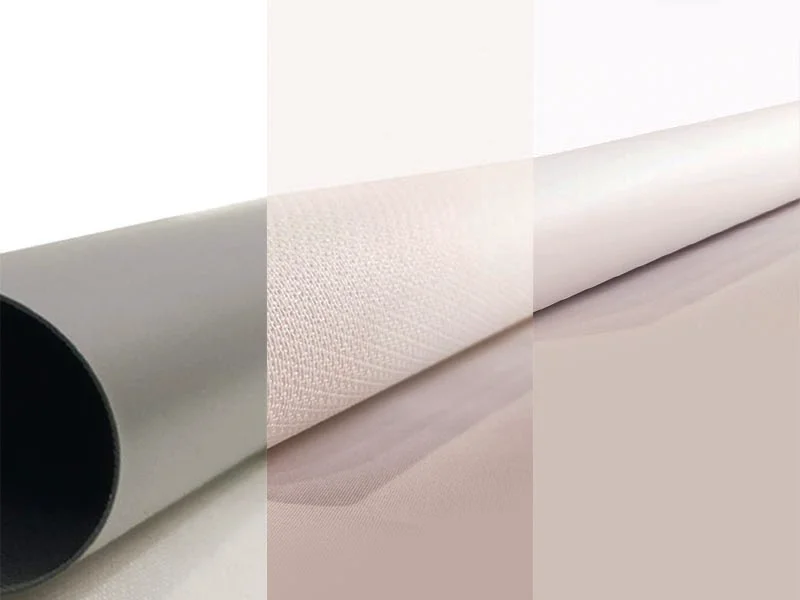
‘It’s a mere white cloth’, you would say, but no, actually a projection screen is more than just that! It’s a sophisticated, technical fabric meant to provide the viewers with an immersive cinematic experience.
Thinking of getting a projector, anytime soon? Well then don’t forget the screen! No offense to televisions: TVs are simply awesome, but if you are game for an epic entertainment experience, then, by all means, you need a projector screen. No matter what your purpose is, the right choice of a projection screen can a world’s difference. And if you are confused about which one to settle for, its time we take you down the rabbit hole and introduce you to the basics of projection screens.
In a layman’s language, projectors are really a two-piece system. So there’s going to be a projector- the so-called attention-seeker and the lowly screen that actually lets you see the image. And while there are several things to consider before nailing down a perfect screen, it’s important to realise that the whole stuff revolves around three basic things.
Size
Whether it is your favourite football game you are watching or a much-awaited blockbuster, there’s nothing more appealing than a massive screen. But catch your breath, before you really get excited about owning a screen SO big. There are certain factors that will influence what size screen you should go for. These include the size of your wall, your viewing distance and also your projector. With a scalable solution that suits rooms of any size and purpose, Lumina Projection Screens makes this decision easier than ever.
Aspect Ratio
This factor comes on number 2. An aspect ratio is the proportion of width and height of the image projected on the screen and is typically expressed in numbers like for example 4:3. Number 4 here is the width of the image and the second number 3 is the height. Hence, 4:3 would mean that for every four inches of image width, you would have 3 inches of height.
The aspect ratio on your projector screen has a lot to do with what you plan to watch and what is the purpose of your projection screen. It also becomes a helping factor while determining what screen to buy.
Screen Gain
Gain refers to the reflectivity measurement of your screen and the gain number is the light ratio that’s reflected from the screen in comparison to the light reflected from a standard whiteboard. Screens with a gain of 1.0 reflect the same amount of light as that from a board. As the gain number increases, the percentage of light reflection increases as well.
Gain is measured from the vantage point of the screen – from where it is at its brightest. Screen brightness starts to fall as one moves away from this point.
Whether you should select a screen with a higher gain or lower depends on your purpose. While high-gain is more recommended for cinema owners, for a videophile with a home theatre, a low gain screen is a more sensible option providing a wider viewing angle, better contrasts and uniformity.
For screens that match your needs, Lumina Screens presents several suitable options. Lumina’s Projection Screens aim to deliver a cinema-theatre like experience at the comfort of your homes. With a new product line for each category, from movie buffs to corporate offices and auditoriums, we have optimized our best-in-class surfaces for top-quality cinema-like viewing experiences.
- Date - February 21, 2019